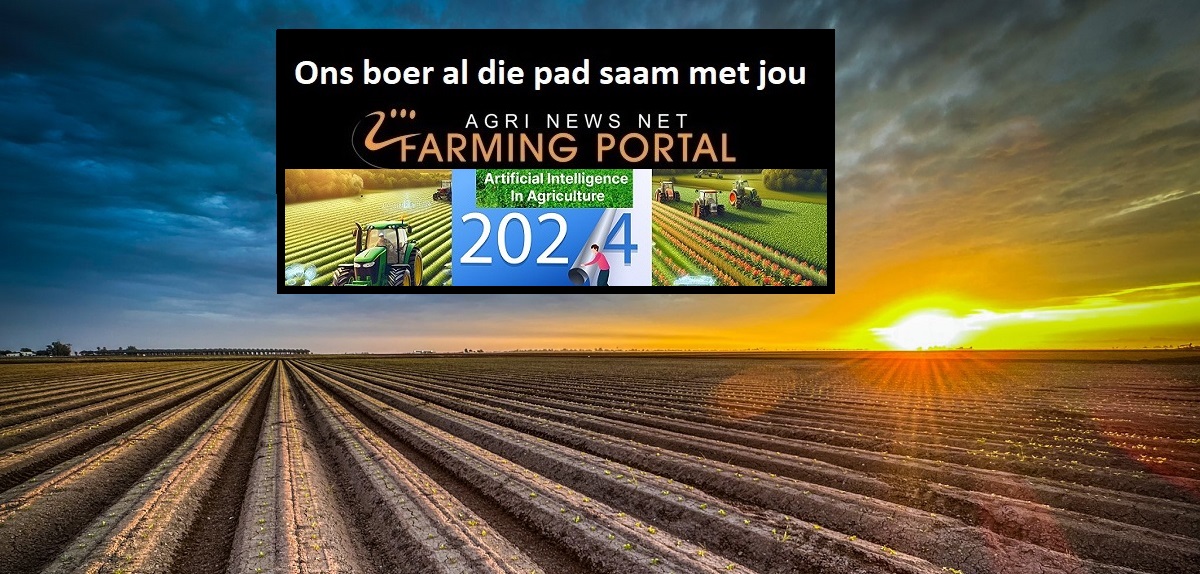South Africa is currently grappling with a sharp rise in food imports, driven by multiple complex and interrelated factors.
Historically, South Africa was known for its agricultural strength, with a diverse range of farming activities producing enough food to feed its population and even allowing for exports. The country’s climate, diverse ecosystems, and fertile land allowed it to be largely self-sufficient in food production. However, in recent decades, its agricultural output has declined significantly due to a confluence of factors, including changing economic policies, environmental degradation, and population growth.
The deregulation of South Africa’s agricultural sector in the early 1990s aimed to open the country’s markets to international trade and competition. However, it also made it harder for local farmers to compete due to cheaper imports and reduced protective tariffs. This has negatively impacted the sustainability of local agriculture, especially for small and medium-sized farmers.
The impact of climate change has further exacerbated these challenges. South Africa’s agricultural sector is highly vulnerable to environmental shifts, especially as much of its farming is rain-fed and therefore sensitive to droughts. Over the last decade, the country has experienced prolonged periods of drought, which have devastated crop yields, particularly for staple crops such as maize and wheat. This has not only reduced the availability of food domestically but has also pushed food prices higher. As global weather patterns become increasingly erratic, South Africa’s agricultural future remains precarious unless significant adaptation measures are taken.
In addition to climate and economic factors, South Africa’s rapidly growing population is placing increased pressure on food systems. With the population estimated to reach 80 million by 2050, the demand for food will continue to rise. Yet, the country’s ability to meet this growing demand through domestic production is shrinking, leading to an ever-increasing reliance on food imports. Urbanization has also contributed to the problem, with more arable land being repurposed for housing and infrastructure, leaving less land available for agriculture.
Economic instability has compounded these issues. Rising input costs, such as for fuel and fertilizers, have made farming more expensive, further reducing the profitability of local agriculture. Additionally, global market disruptions—such as the COVID-19 pandemic and geopolitical events like the war in Ukraine—have made imports more expensive, with freight costs rising sharply. The weakening of the South African rand against major currencies has made food imports, which should theoretically stabilize domestic supply, an expensive solution that contributes to inflation.
 U.S. imports of South African citrus projected to rise
U.S. imports of South African citrus projected to rise
The cumulative effect of these challenges has been a significant increase in food insecurity across the country. While wealthier households can absorb rising food costs by relying on imported goods, poorer households are increasingly vulnerable to hunger and malnutrition. South Africa, which once prided itself on being able to feed its population from local resources, now faces the dual challenge of addressing immediate food security needs while also ensuring long-term agricultural sustainability. Without decisive intervention, these trends could further destabilize the economy, exacerbate poverty, and deepen inequality. In addition to policy-driven challenges, South Africa’s agricultural sector is highly vulnerable to environmental factors. Erratic weather patterns, driven by climate change, have caused droughts and other extreme weather events that have disrupted local farming. These disruptions have diminished crop yields, reduced food security, and heightened the need to import food. At the same time, global market disruptions such as the COVID-19 pandemic and the war in Ukraine have worsened the situation by increasing the costs of agricultural inputs, such as fuel and fertilizers, further driving up food prices.
As food imports rise, the cost of importing food has also become more expensive due to increased freight costs and the weakened South African rand. This has contributed to rising food prices and inflation, disproportionately affecting low-income households. Currently, about 30 million South Africans experience food insecurity each month, and malnutrition has become a growing concern. The country is grappling with high rates of undernutrition and malnutrition-related diseases, including stunting in children and lifestyle diseases such as diabetes and heart disease.
South Africa’s increasing reliance on food imports could have significant long-term economic implications. The outflow of foreign currency to pay for these imports weakens the country’s balance of payments and contributes to inflation, which reduces the purchasing power of households. Furthermore, if the domestic agricultural output continues to decline, rural areas dependent on farming may experience rising unemployment and depopulation as farming communities struggle to sustain their livelihoods. This could potentially worsen urban poverty, increasing the pressure on government resources to provide social assistance and food relief to a growing number of people.
To address these challenges, experts recommend that South Africa prioritize investment in its agricultural sector. This could involve improving irrigation systems, investing in drought-resistant crops, and expanding access to support for small-scale farmers. Increasing food sovereignty and supporting smallholder farmers are crucial for stabilizing the food supply and improving productivity.
It’s important to prioritize sustainable farming and preserve arable land for agriculture to ensure long-term food security. The government could consider managing urban development to safeguard land for food production and transitioning to renewable energy to decrease greenhouse gas emissions and mitigate climate change’s impact on agriculture.
In conclusion, reversing South Africa’s growing dependence on food imports requires a multifaceted approach that includes better agricultural policies, climate adaptation, and support for local farmers. Strengthening the agricultural sector can improve food security, create jobs, and reduce poverty, while also ensuring more sustainable economic development in the long term. Without decisive action, continued reliance on imports risks deepening the country’s economic and social inequalities.
Ambrose George














